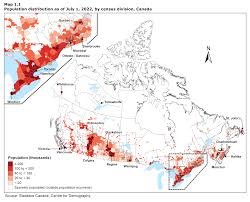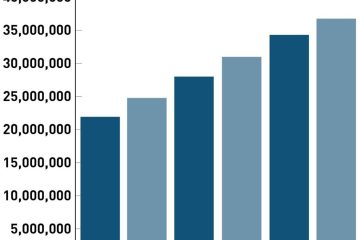Current Trends in Canada’s Population (2023)

Introduction
The population of Canada is not just a number; it encapsulates the country’s diversity, economic potential, and future direction. As of 2023, Canada’s population has surpassed 39 million, according to the latest data from Statistics Canada. Understanding the demographics and growth trends is crucial for policymakers, businesses, and educators as they navigate the challenges and opportunities that come with population shifts.
Population Growth Trends
Canada’s population has been experiencing consistent growth, primarily due to immigration. In 2022 alone, Canada welcomed over 430,000 new immigrants, marking one of the highest annual increases in recent years. This influx of newcomers has contributed significantly to the population increase. In addition, natural growth rates, driven by births exceeding deaths, also play a role, although to a lesser extent compared to migration.
The urbanization trend remains strong, with over 80% of Canadians living in urban areas. Cities like Toronto, Vancouver, and Montreal have seen rapid population increases, impacting housing, infrastructure, and public services. According to the 2021 Census, the largest metropolitan areas continue to attract new residents, influencing economic and cultural landscapes.
Demographic Insights
Canada’s population is becoming increasingly diverse. The 2021 Census revealed that 23% of Canadians identified as a visible minority, showing a rise from previous years. This growing diversity enhances cultural richness but also presents unique challenges, particularly in areas such as integration and language education. Additionally, Canada’s aging population is noteworthy; Statistics Canada indicates that by 2031, nearly a quarter of the population will be over 65 years old, which could have significant implications for healthcare and retirement resources.
Conclusion
In conclusion, Canada’s population dynamics in 2023 reflect a complex interplay of immigration, urbanization, and demographic diversity. The continuing growth trend signifies both opportunities and challenges ahead, shaping public policy and community needs. Looking forward, understanding these dynamics will be essential for fostering a cohesive society and ensuring sustainable economic development as Canada addresses issues related to housing, healthcare, and multicultural integration.





